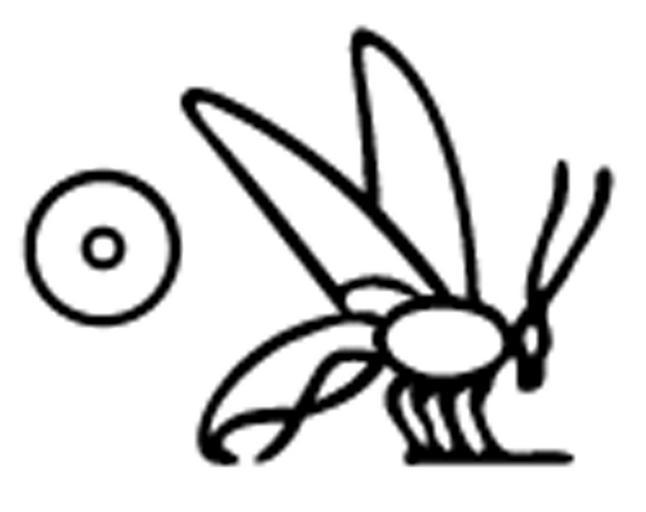MAKE A MEME
View Large Image

| View Original: | Egyptian_-_Scarab_from_Egyptian-Style_Necklace_-_Walters_57153013_-_Impression_Detail_A.jpg (900x713) | |||
| Download: | Original | Medium | Small | Thumb |
| Courtesy of: | commons.wikimedia.org | More Like This | ||
| Keywords: Egyptian - Scarab from Egyptian-Style Necklace - Walters 57153013 - Impression Detail A.jpg The ancient Egyptians believed that the dung beetle the Scarabaeus sacer was one of the manifestations of the sun god Representations of these beetles were used as amulets and for ritual or administrative purposes This scarab has a bottom inscription with a vertical cartouche containing the name of King Thutmose I The royal cartouche is combined with a large bee and a very small sun disc; an oval line frames the whole inscription The highest point of the back is the elytron wing cases Double lines separate pronotum dorsal plate of the protorax and elytron as well as the wing cases The incised lines arge thick and the line flow regular The semicircular head is flanked by quarter-spherical eyes which are separated from the head with double lines The trapezoidal side plates have outer borderlines and a large clypeus front plate is marked The sides show deeply carved extremities in natural form The round-oval base is symmetrical The scarab is longitudinally pierced was originally mounted or threaded and used as an amulet It should secure royal authority cartouche and divine solar kingship bee for this ruler and provide a private owner with the royal patronage of the current ruler The combination of a large bee with a small sun disk behind its body is rare The round-oval forms of the scarab as well as the shape of the bee with very long curved feelers are typical for the early 18th Dynasty between 1504 1492 BC New Kingdom faience with green-blue glaze cm 1 5 1 2 8 accession number 57 1530 13 80010 Henry Walters Baltimore 1903 mode of acquisition unknown Walters Art Museum Henry Walters Acquired by Henry Walters 1903 Translation Aa-kheper-ka-Re / Solar King Jewelry - Ancient to Modern The Walters Art Gallery Baltimore 1979-1980 place of origin Egypt Walters Art Museum license 2D Ancient Egyptian scarabs in the Walters Art Museum Bee hieroglyph Hieroglyphs on scarabs | ||||